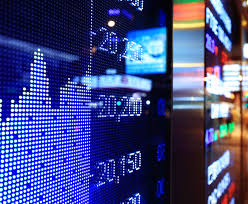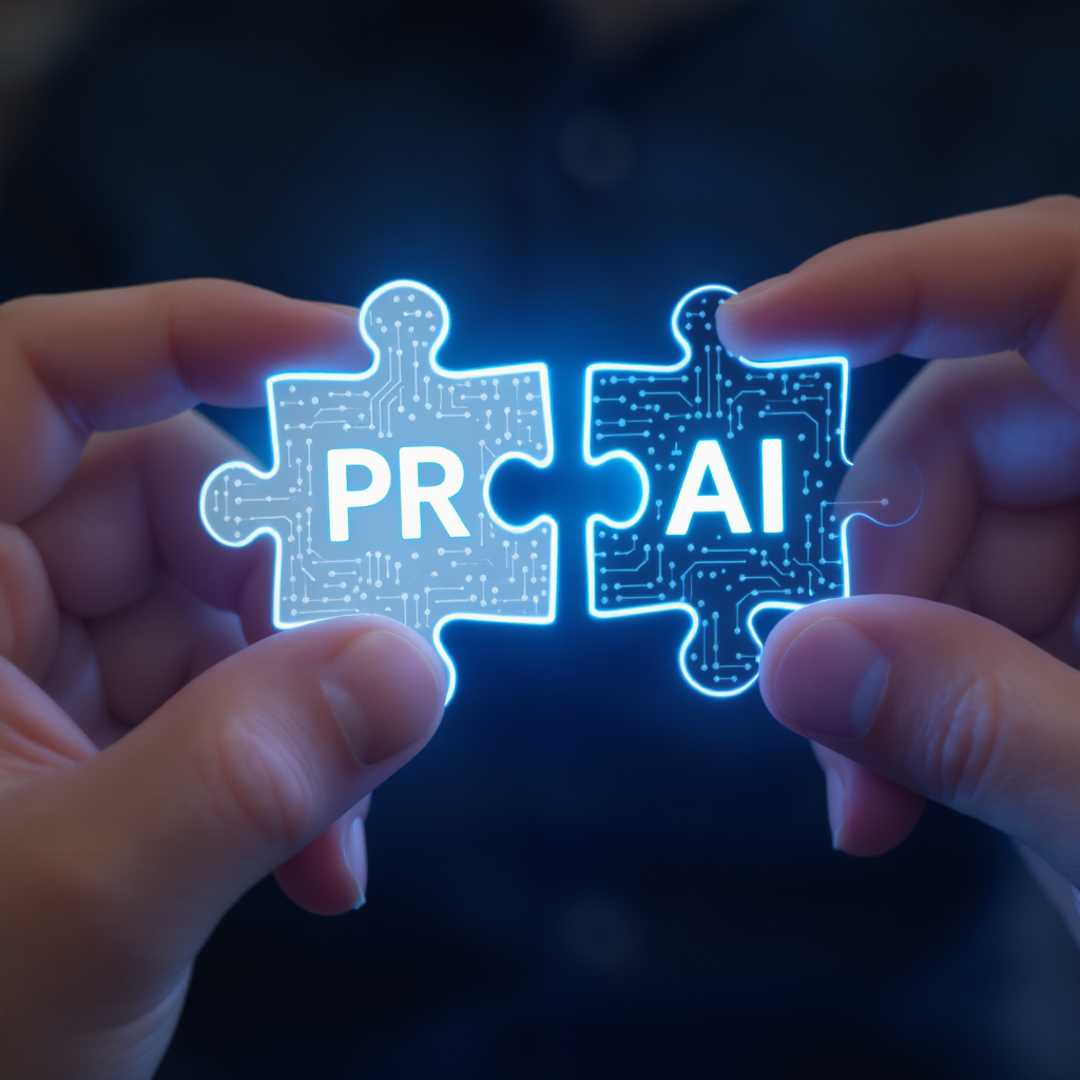Since the beginning of Donald Trump's presidency, his tweets have kept companies and the media on tenterhooks. That's why analysts at the American bank JPMorgan created the "Volfefe" index to measure his influence on financial markets. Donald Trump undeniably impacts companies' stock prices. Following a hostile message towards Amazon, he caused the e-commerce giant to lose $5.7 billion, or 1.2% of its stock market value. This same scenario has occurred repeatedly with Toyota (-3.1%), General Motors (-1%), and Lockheed Martin (-3.19%).
However, the 45th American President is not solely responsible for stock market setbacks caused by 140 characters. With a communication and media relations sector transformed by technology, social networks now have a place in companies' information strategies. Banks and financial companies using Wiztrust closely observe this phenomenon when disseminating their sensitive information across all channels, with Twitter being one of the most influential.
But on Twitter, everything can change in seconds, as Ryan Holmes noted in The Four Billion Dollar Tweet. The use of social media reorganizes sources and flows of information internationally through viral effects, mass storytelling, and real-time news. Not to mention the alleged or proven "fake news" that invades the social sphere and proliferates thanks to recommendation algorithms.
Whether we like it or not, this information reaches all of a company's targets: investors, employees, customers, partners, and the general public. A company's or its leaders' Twitter account, therefore, plays a role in the company's reputation, hence its "goodwill," and indirectly its stock market value.
In 2012, Twitter decided to implement a new symbol, the cashtag "$". This allows linking to tweets referencing companies' financial data. For example, "$GE" for General Electric, $AAPL for Apple, or $MSFT for Microsoft. With a simple link, Twitter users can discover all tweets related to a listed company. StockTwit was the originator of this innovation that shook up the finance sector.
On this $Twitter, you'll find informed amateurs and professionals who praise or denigrate a stock's merits without restraint. The network already has over 1.5 million visits per month, with more than 250,000 active users posting 220 messages per minute. It's a vast outpouring of comments and recommendations, more or less credible, that every company should be interested in. It's also a sample, albeit not very representative, but an immediate snapshot of the company’s perceptions.
The Personal Reputation of the Leader Serving the Reputation of the Group
As Olivier Cimelière explains in his article, Dirigeants & Présence digitale: est-elle désormais obligatoire ou toujours optionnelle? [Leaders & Digital Presence: Is It Now Mandatory or Still Optional?], the digital presence of leaders of listed companies, or simply well-known ones, is no longer a choice but an obligation. It's a major reputation lever for the company, which is now part of the job description of a good CEO, like media relations and investor relations.
This presence involves speaking out and nurturing the reputation of their groups. A boss who is interested in social media is a boss who is interested in their environment and their customers. Consistent activity is not essential, but a complete absence is not recommended. Especially since some leaders entrust part of the management of their social accounts to their Communications Director.
Well-crafted tweets from a leader can have a real impact. Externally, they allow them to assert their ambitions and share their vision of the company without intermediaries, as Jean-Pascal Tricoire, CEO of Schneider Electric, does. Internally, it's a vector of strategic alignment and direct motivation for teams. When you work in a multinational corporation of 500,000 people, it's almost like hearing the boss's voice, as if you passed them in the hallway.
It seems that the direct and signed word of the President counts more than formal announcements out of sync with Twitter's codes. This is what Synomia shows in its study on the public speaking of CAC 40 leaders, with examples to follow like Stéphane Richard (Orange) and his tweet talk #AskRichard, Frédéric Oudéa (Société Générale), and Jean Pascal Tricoire (Schneider Electric).
"Markets are conversations." This is not new; it was the first of the 95 theses of the Cluetrain Manifesto published on the web in 1999, well before the emergence of Twitter. Markets are organized in a network, and not being part of the conversation means letting others, competitors or identity thieves, do it in your place. This is all the more essential since the lack of reference emitters is critical, as everyone, especially the most incompetent or deliberately harmful disseminators of fake news, are having a field day.
There is no absolute insurance against malicious intent, but we see with Wiztrust that risks can be significantly limited. Information disseminated in simultaneous "multiposting," for example, on at least five channels, including Twitter, LinkedIn, email, and a good newsroom, is always more visible than the traditional sending of a press release.
The presence of controlled information from the company and its leaders has become an essential element of this ecosystem that can shift billions. Rather than being seen as a constraint, a controlled approach to a social network like Twitter is a tremendous opportunity for leaders and communicators.



 6 min
6 min

 5 min
5 min

 7 min
7 min


 On 28 April, 2025
On 28 April, 2025